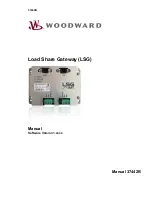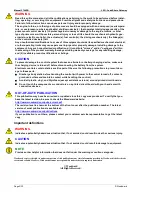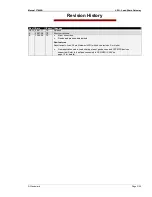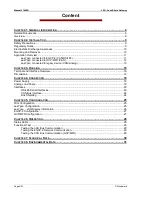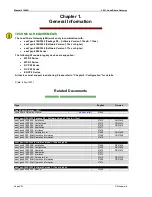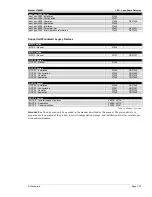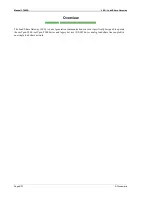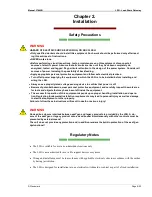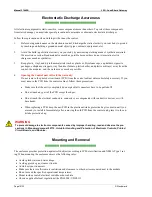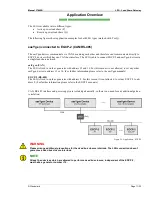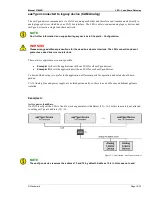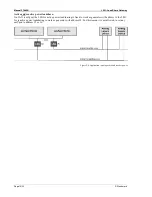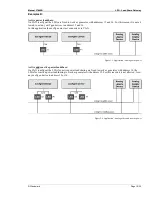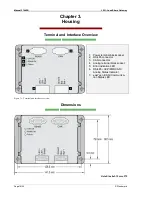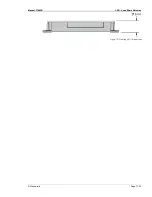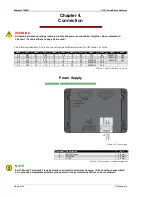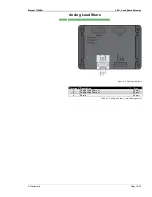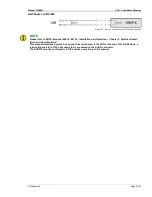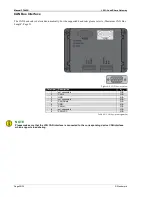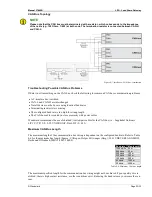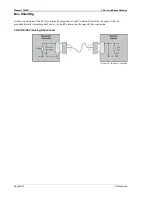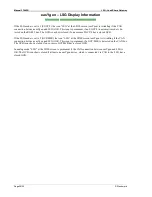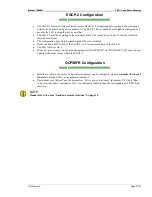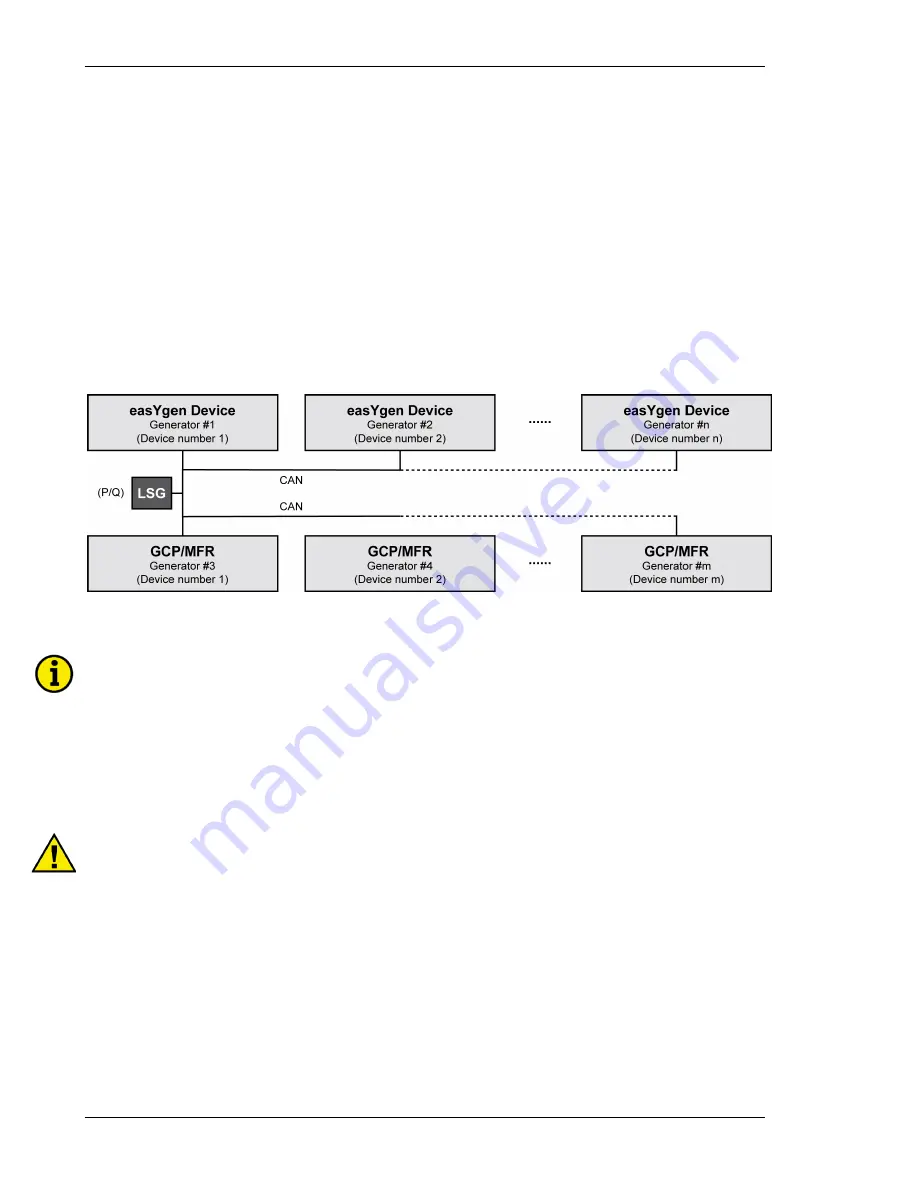
Manual 37442B
LSG - Load Share Gateway
Page 12/32
© Woodward
easYgen connected to GCP/MFR (CAN)
The easYgen devices communicate via CAN bus among each other with an easYgen specific protocol which dif-
fers from the GCP/MFR protocol. The LSG is able to connect GCP/MFR and easYgen devices in a single load
share network on the
same
CAN bus. The CAN baud rate of this mode is 125kB.
For this reason the number of
devices at the CAN is limited to overall 16.
easYgen (CAN)
The LSG is fixed to work as generator with address 15 or 16. For this reason it is not allowed, to set any other ea-
sYgen device to address 15 or 16. (For further information please refer to the easYgen manuals)
GCP/MFR (CAN)
The LSG is fixed to work as generator with address 8. For this reason it is not allowed, to set any GCP/MFR to
address 8.
CAN interface and power supply are isolated galvanically, so there is no need for any additional galvanic isola-
tion.
Figure 2-2: Application – GCP/MFR
NOTE
Dead
bus closure interlock
The easYgen device group (LSG) appears for the GCP/MFR devices as a GCP/MFR with generator
number 8. The GCP/MFR device group (LSG) appears for the easYgens devices as an easYgen with ge-
nerator number 16.
If there are two units which want to perform a dead bus closure, the unit with the lowest generator
number gets the permission. For this reason every device group (1x easYgen and 1x GCP/MFR) is al-
lowed to perform a dead bus closure.
WARNING
The above described note makes it necessary to arrange additional precautions for the dead bus clo-
sure interlock. The LSG connection doesn´t guarantee a dead bus closure interlock. We highly recom-
mend disabling the dead bus closure on the easYgen device group or the GCP/MFR device group and
enable dead bus closure at all GCP/MFR devices.

